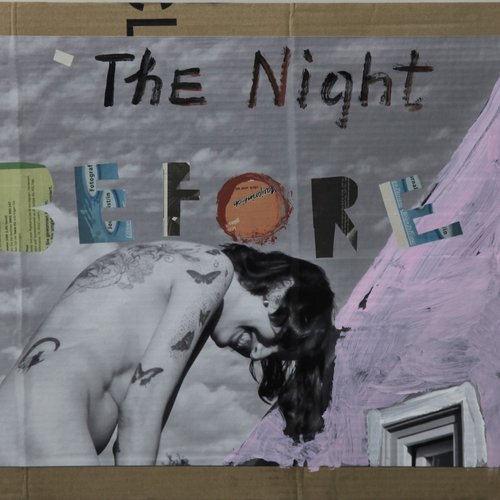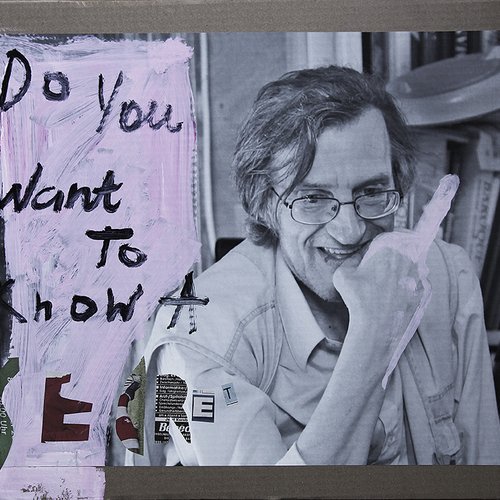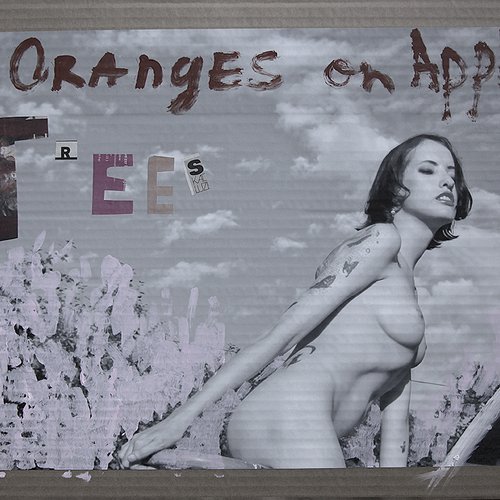Victoria Dalle
Latvian artist Victoria Dalle is convinced she is still at the beginning of the way to modern art. The collection "Being social" includes 12 photos and collages made in the art of calligraphy.
Victoria Dalle in contemporary art appeared relatively recently, trying to prove themselves in a variety of forms of expression. So a new hobby - photography. Before enthusiasm prevailed, and Victoria became a professional photographer, she visited various photoschool.
"Until now, my education seemed chaotic, even illogical, but now I see that the knowledge of their united in the fact that I'm doing now," sums up the artist. Photo for her is self-expression, creating a special look at the world of things, the human body. It is not surprising that the work of Victoria noticed a well-known artist Edmunds Lūcis. In 2012, he proposed Victoria to create a joint exhibition in the exhibition hall of the Union of Composers (Riga), Victoria's pictures were used as work items Lucis.
At the invitation of Lucis Victoria took part in shows of contemporary art at the Berliner Liste 2012. Victoria's works, which participated in the exhibition along with Lucis's works and other artists from the Baltic states, have been mentioned in the official blog Berliner Liste 2012 as one of the 40 most interesting exhibitions.
"I was a beginner and had no ambition, so to participate there was a great honor for me. I am very grateful to Edmund for his initiative," says the artist. Together with Lucis's works their joint exposition went back home from Berlin to Latvia. The traditions of contemporary art here in Latvia is not particularly advanced, Victoria believes.
Works from the collection Being social do not belong to any particular genre, says Victoria, but they are a symbiosis of photos, applications, and text. They used the material of used cardboard boxes and labels. The artist refers to them as collages. Subject of the pictures - a woman, her body, her expression. Models for the photos were not only friends and acquaintances of the author, but also the artist.
The text presented in every picture, usually laconic slogan, is not a conceptual data carrier, and acts as an image, calligraphic shape, becoming self-sense visualization. "Everyone can see it with your information point of view," says the artist. "I do not want to dominate with my "message", neither the audience literally perceives textual information. I "saw" these texts and fonts in completely random places and under different circumstances, associative, and that is how they will live on".


